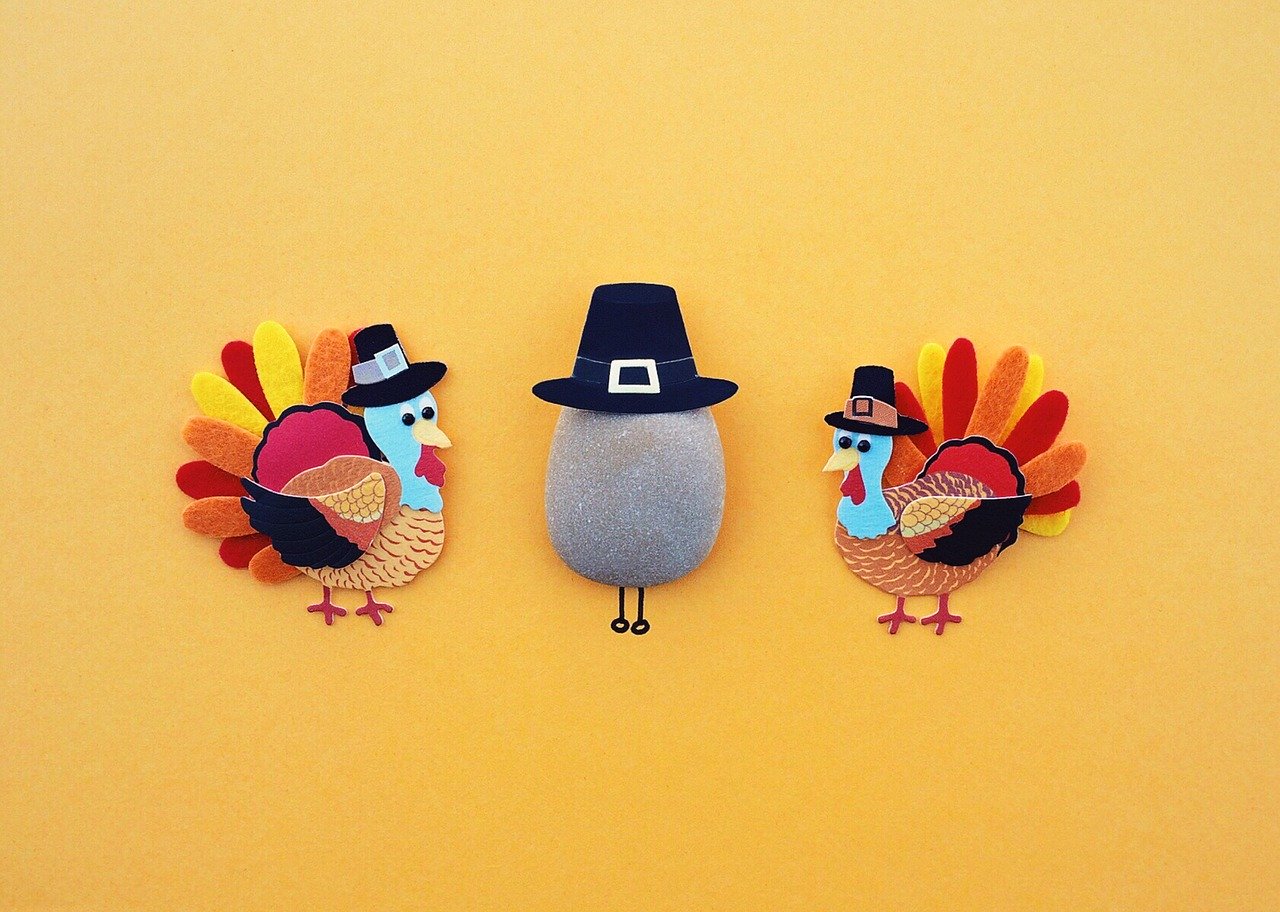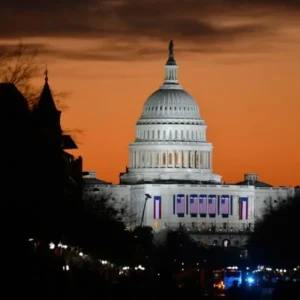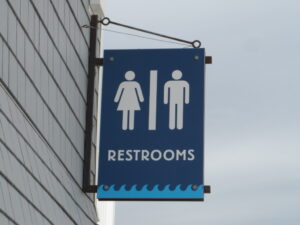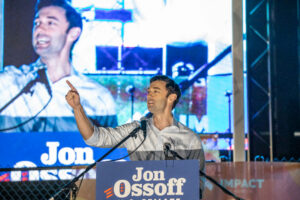Way back in the days of elementary school, you probably had a very straightforward lesson regarding the first Thanksgiving, and the holiday in general. According to American History For Kids, The Pilgrims arrived in Plymouth, Massachusetts in 1620. They faced long, hard months of labor and hunger, and the Wampanoag Indians helped them by showing them how to plant corn and other foods. After the Pilgrims had a successful first harvest, they celebrated with the Wampanoags to thank them and God. This tale of Thanksgiving, aimed towards children, predominantly focuses on gratitude and kindness. But, in reality, only parts of that romanticized story are true. So the question is, what really happened?

In reality, much of the story of Thanksgiving that we are told is false. Even citing Plymouth in 1620 as the time and place of the first Thanksgiving is false. For instance, settlers in Berkeley Hundred in Virginia celebrated a day of Thanksgiving in 1619. Venturing even farther back into history, Spanish settlers and members of the Seloy tribe shared a meal and Mass in Florida in the year 1585, according to Business Insider. So pointing to Plymouth as the birthplace of the tradition might not be entirely accurate. Even the activities and food the Pilgrims and Native Americans supposedly indulged in were a work of fantasy, too. What Really Happened at the First Thanksgiving by Dora Mekouar explains that the Wampanoags did not just show up for a meal with friends. According to Ramona Peters, historic preservation officer of the Mashpee Wampanoag Tribe, the Pilgrims had been firing guns and cannons to celebrate, and the Native Americans came to see what was happening. “So there was a lot of tension as well, all of these men, warriors, were next door in the woods at night in the dark close by” (Voice of America). The original tale never mentions this, and most of us were lead to believe the two groups were friendly. The food was also a distortion. When guessing about what was on the table, Peters cites the foods available at that time as “cabbages, carrots, cucumbers, collards, parsnips, marjoram, fennel, anise, and dill” (Voice of America). None of these foods resemble the supposed traditional Thanksgiving meal we know today, and it is even questionable that turkey was served. Mussels, lobsters, and eel were also available, and there is stronger evidence that those were served.
Along with the misconceptions about the food, activities, and history of Thanksgiving, there are some darker lies that go far deeper than the original story. When told to children, the story of Thanksgiving focuses on the newfound friendship between the Pilgrims and Wampanoags. Children assume that these groups were truly friends, and I too believed this as a child. I even asked others in my grades, and the consensus was a belief of a pure friendship between the groups. While this belief highlights good morals and values in life, it is not completely true. In actuality, this friendship was short lived. With the arrival of more Europeans, they took more land and asserted more control over the areas already occupied by Native American tribes. The Europeans brought with them disease that caused the Natives mass casualties, and, according to Time,
“Up to 25,000 Englishmen landed in the New World between 1630 and 1642, after a plague drastically cut the native population by what’s believed to be more than a half.”
If one still believes in an amicable relationship could persist through this, King Phillip’s War marked a certain end to any positive relationship – if one actually did exist, that is. According to the History Channel, “It was the Natives last-ditch effort to avoid recognizing English authority and stop English settlement on their native lands” (History.com). The war was named after the Wampanoag chief Metacom, and fighting started after Christian Native American John Sassamon warned Plymouth residents that Natives would attack, and Sassamon’s body was found days later. The fighting kept on escalating, with war between the colonists and Native Americans, up until King Philip was killed. “Thousands of Indians were killed, wounded or captured and sold into slavery or indentured servitude. The war decimated the Narragansett, Wampanoag and many smaller tribes and mostly ended Indian resistance in southern New England, paving the way for additional English settlements” (History.com).
While we learn of peace between groups, clearly this was false. The power struggle in the 17th century paved the way for the clashes of colonists and Native Americans in the future. In my opinion, children should learn how the colonists affected the lives of Native Americans by coming to Plymouth, Massachusetts, and the bloodshed that would come. Everyone should be aware of the fabrications around Thanksgiving, because remembering a fabricated tale does injustice to the lives of native people who died. There was no everlasting peace and friendship, even the activities and food were lies. We need to stop teaching children the false version of history, and enlighten them with the true facts of Thanksgiving, no matter how dark some of the details are.






